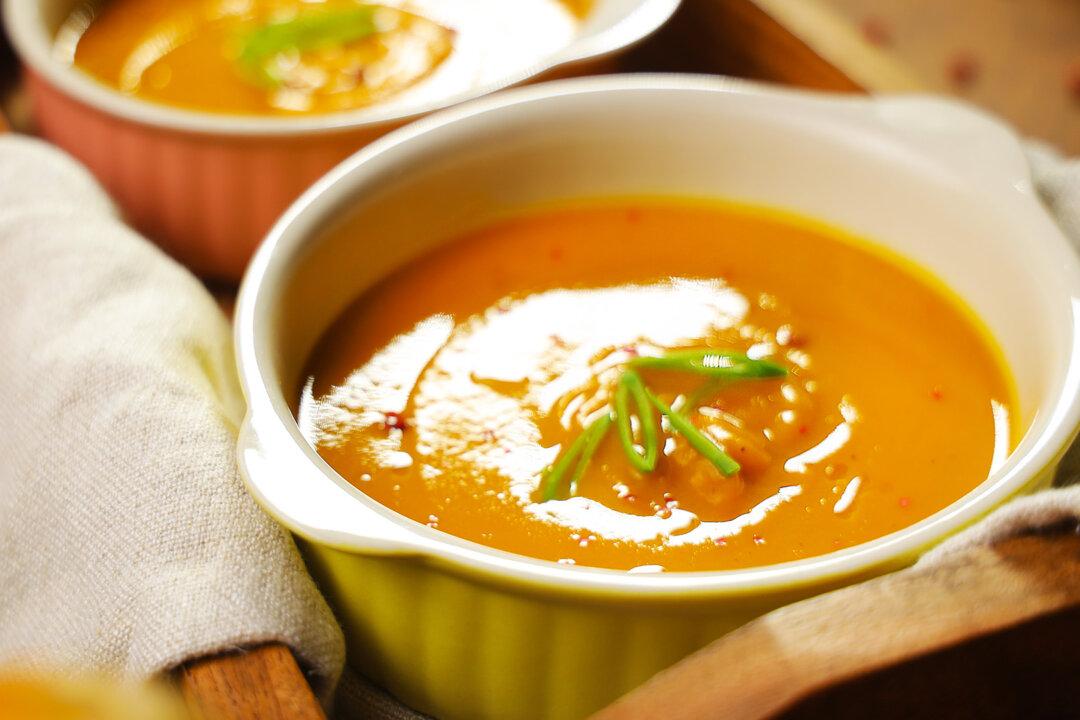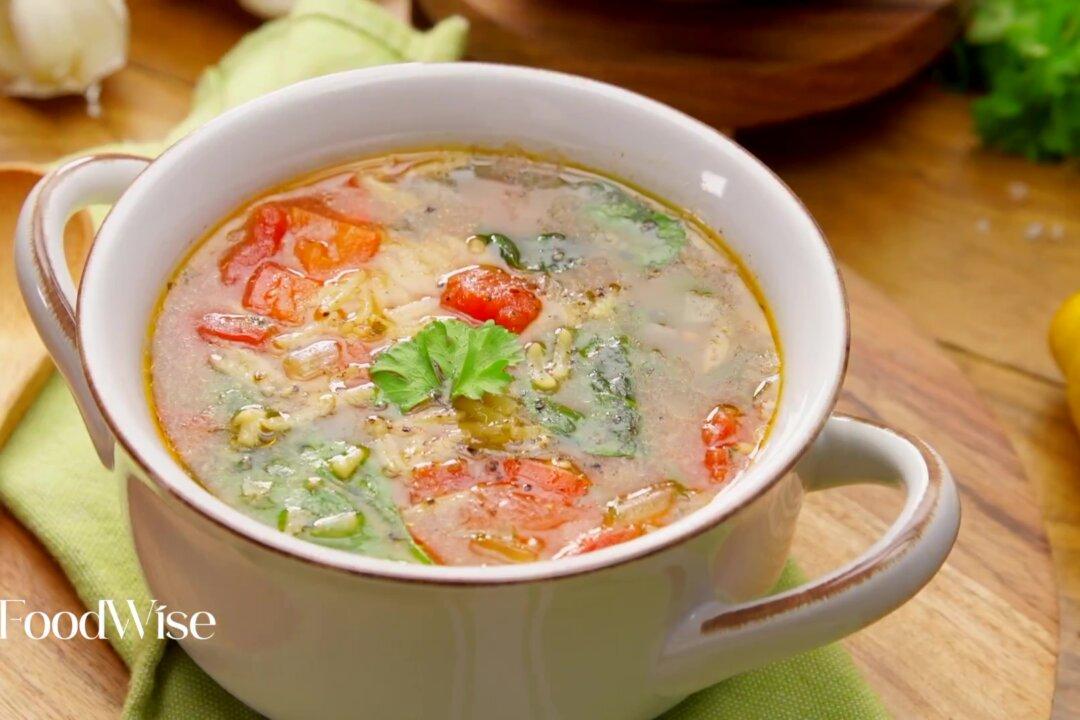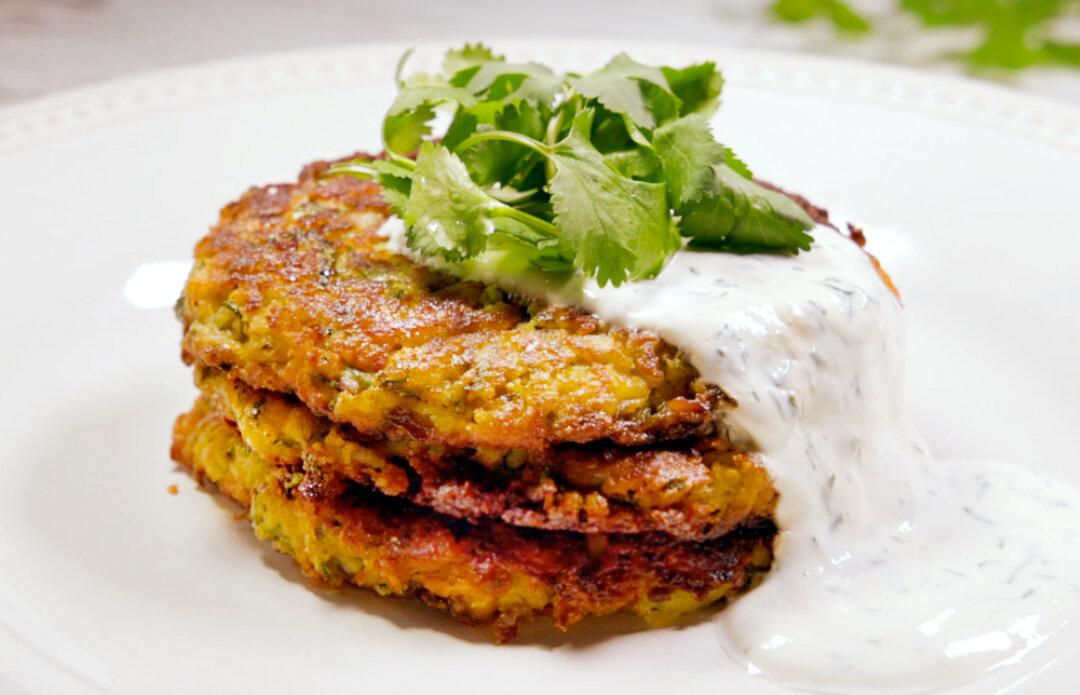The authoritative researcher Professor Hiroshi Maeda (Kumamoto University) was known for his effective personalized medicine approach for cancer patients. One of his discoveries was that vegetable soup is an effective remedy against cancer.
Maeda discovered that lipid peroxides are formed when lipids oxidize and react with heme (an iron component in meat) to produce carcinogenic (cancerous) lipid peroxide radicals.






